Developers and businesses often face this dilemma – ‘Progressive web apps vs Native apps- which one should I opt for?’
While it’s safe to assume that PWAs have gained traction for being lightweight, cross-platform, and easy to deploy, Native apps are better in terms of performance, stability and user experience. Native apps deliver a premium, high-performance, and secure streaming experience. So, if you are thinking whether to opt for Native apps or PWA — here’s what you need to know before you decide.
What Are Native Apps?
Lets get to the basics. Native apps are developed specifically for a particular operating system like iOS, Android, etc. using platform-specific languages like Kotlin/Java for Android or Swift/Objective-C for iOS. They are installed directly on the device via app stores and have full access to device hardware and system features.
To put it simply, native apps are purpose-built for higher performance ceilings— and that makes all the difference when you’re streaming HD content or managing interactive features like offline downloads, push notifications, or DRM-secured playback.
Examples of Native Apps:
Here are some examples of popular native apps:
- Instagram: Instagram is the second most-downloaded app globally boasting over 2.3 billion active monthly users. This native app allows users to share photos and videos with friends and followers.
- Uber: Uber is a popular native app which boasts a reported Q2 revenue of $12.7 billion, an 18% increase year-over-year.
- Spotify: Spotify is the world’s leading music streaming app, with over 205 million premium subscribers worldwide.
- Headspace: With 1.32 million downloads worldwide in the fourth quarter of 2022, Headspace is a meditation and mindfulness app that helps users reduce stress and anxiety and is popular for its recognizable animations.
Native Apps Pros:
- Fast & efficient compared to web apps as they are designed specifically for the platform they are running on.
- Better user experience as they can use the features and hardware of the device to their fullest potential.
- Native apps can be accessed offline.
- Native apps are more discoverable as they can be downloaded from app stores.
Native Apps Cons:
- Slow time to market (TTM) as they require more resources, cost and time to develop.
- Native apps must be updated and maintained separately for each platform.
- Native apps require users to download and install them.
What are Progressive Web Apps (PWAs)
PWAs are enhanced web applications designed to mimic native app behavior. You can access Progressive Web Apps through a browser, and even install them on your home screen. They work across devices, offer basic offline caching, and require no app store downloads.
They’re cost-effective and convenient — but also limited by the browser environment, which means fewer capabilities, weaker integration, and lower performance ceilings.
Examples of Progressive Web Apps:
Here are some examples of popular PWAs.
- Twitter Lite: Twitter launched its PWA in 2017 and offered its users web push notifications, an “Add to Homescreen” prompt, and temporary offline browsing.
- Flipkart: In 2015, Flipkart launched its PWA and reported a 70 percent increase in conversion rate, a 40 percent increase in re-engagement rate, and increased time spent on site by 3x.
- Pinterest: After launching its PWA, Pinterest noticed a 60 percent increase in core engagements and a 44 percent increase in ad revenue rate.
Progressive Web Apps Pros:
- PWAs require less development time and are easier to maintain, so they are comparatively cheaper than native apps.
- They take up less space on a device than native apps.
- PWAs are indexable by search engines like any other website, which means better visibility on SERP.
Progressive Web Apps Cons:
- Limited accsess to native device features like Bluetooth, NFC, advanced camera controls, proximity sensors, and certain background services.
- PWAs have limited visibility or discoverability as native apps on Google Play or the Apple App Store.
- PWAs rely heavily on browser support and therefore deliver inconsistent performance across devices.
- Has limited offline functionality as you cannot watch or download videos when offline.
- PWAs can’t integrate deeply with OS-level features such as Siri, Google Assistant, in-app purchases, or app widgets.
Progressive Web Apps vs Native Apps: Why Native Apps Are Better for OTT and Streaming
If you are still struggling with the Progressive Web Apps vs Native Apps debate, here’s a real breakdown of which one is suited for your requirements.
1. Superior Performance and Responsiveness
Native apps are built directly for a specific platform using optimized programming languages, so their performance is significantly faster and smoother. They can leverage the device’s CPU and GPU more efficiently, resulting in less loading time, better animation fluidity, and more responsive interactions.
In contrast, PWAs are browser-driven, which adds an extra layer causing lag, especially with complex features or graphics-heavy apps like video streaming or gaming.
2. Superior User Experience
In the debate of Progressive Web Apps vs Native apps, Native apps give you premium user experience as they dedicatedly follow each platform’s UX guidelines (iOS Human Interface, Android Material Design), giving users a familiar and consistent feel. Supporting intuitive gestures, Native Apps run full-screen without the browser bar, and offer a refined and more immersive interface — which is key to user retention and engagement.
PWAs, on the other hand, often look and feel like websites, lacking that premium “app” polish that users expect from top-tier streaming brands.
2. Full Access to Device Hardware and Features
Native apps can access the full range of device hardware and OS features: camera, GPS, accelerometer, fingerprint scanner, ARKit for augmented reality, push notifications, background location, calendar integration, biometrics, and more.
PWAs? Not so much. Browser-based apps are still limited, especially on iOS, which restricts background updates, notifications, and DRM playback.
3. Stronger Offline Functionality
Another plus point of opting for native apps is its offline feature as they can store large amounts of data on the device and perform complex operations without internet connectivity . This is critical in regions with unstable network access.
While PWAs offer some offline capabilities through service workers and caching, native apps undoubtedly excel at providing seamless offline experiences.
4. Security & Compliance
When streaming premium or licensed content, security is non-negotiable.
Native apps leverage OS-level security like Keychain (iOS) and Keystore (Android), ensuring user data, credentials, and viewing history remain safe. They also integrate advanced Digital Rights Management (DRM) systems for content protection — a must-have for OTT businesses.
PWAs rely on browser storage and lack the same DRM support, hence increasing risk for platforms managing exclusive video libraries.
5. Distribution & Discoverability
Since Native apps are published on official app stores, they get an additional credibility boost. App store listings not only enhance trust but also act as discovery engines — letting millions of users find, install, and review your app organically.
With PWAs, you don’t get that as it skips that step. While they’re easy to share via links, they often struggle with brand perception and lack the visibility that native apps get from app store optimization.
6. Better Push Notifications and Engagement
Native apps support rich push notifications that can be personalized, interactive, and delivered reliably across platforms. These notifications are crucial for user retention, re-engagement, and boosting app usage.
Although PWAs also support push notifications on compatible browsers, they are inconsistent and limited in reach (especially on iOS devices).
6. Analytics
Native apps are designed to integrate seamlessly with advanced analytics tools providing detailed insights into reports, user behavior, etc.
PWAs are browser-based, offering limited tracking and weaker user attribution models. For businesses that rely on precise data to refine content strategy and user experience, that’s a deal-breaker.
7. Limited Monetization Options
Native apps can integrate with Ad SDKs, in-app purchases, subscriptions, and secure payment gateways. This is a major plus point for OTT platforms offering flexible monetization and secure payment gateways. PWAs are limited to web-based transactions, which often restrict revenue models and break user flow.
Why Opt For Native Apps with Muvi One
If native apps offer so many advantages, why do some businesses still choose PWAs? Mainly because of perceived cost and complexity. Native apps traditionally require more time, resources, and specialized developers to build and maintain multiple versions (Android and iOS). However, in the long run, Native apps give you better results, so it makes sense to invest in additional time and money.
This is where Muvi One changes the game. With Muvi One, you don’t have to choose between performance and convenience. You can launch fully native OTT apps across platforms — iOS, Android, Roku, Fire TV, Apple TV, Android TV, and Smart TVs — without writing a single line of code.
Build Native No-Code OTT Apps with Muvi One
With Muvi One, you don’t have to choose between performance and convenience.
You can launch fully native OTT apps across platforms — iOS, Android, Roku, Fire TV, Apple TV, Android TV, Samsung TV and LG TVs — without writing a single line of code.
That’s just the beginning! Every app you create on Muvi is fully customizable — thanks to our no-code designing studio – Visual Designer and our intuitive CMS, you can tailor every screen, layout, and interaction to reflect your brand identity perfectly. Whether you want a sleek cinematic layout for a movie platform or a content-rich grid for live sports and events, Muvi’s offers a wide range of templates letting you shape your apps exactly the way you envision.
Here’s what Muvi One offers you:
- Build Comprehensive OTT Apps Effortlessly – Launch fully functional streaming apps for Android and iOS with zero coding—right from your Muvi dashboard.
- Visual Designer for Customization – Use Muvi’s Visual Designer to drag, drop, and modify layouts, colors, and content blocks in real time—no design experience needed.
- Fully Customizable Templates – Choose from dozens of professionally designed app templates crafted for streaming businesses to ensure faster time-to-market and an engaging UI.
- Brand-Ready Experiences – Add your own logo, brand colors, typography, and UI elements for a completely white-labeled experience that feels uniquely yours.
- Cross-Platform Consistency – Maintain a consistent design and user experience across all devices—web, mobile, tablets, and Smart TVs—without duplicating effort.
- Enterprise-Grade Security- DRM, watermarking, geo-blocking, and more to protect your premium content.
Wrapping Up,
While Progressive Web Apps are cheaper than native apps, are quick to deploy, and good for content catalogs or lightweight user interactions, when it comes to performance and flexibility, native apps rule the game. Native apps are a gold standard to deliver a premium, high-quality streaming experience.
They’re faster, more secure, deeply integrated, and better suited for businesses that value performance, branding, and monetization control.
With Muvi One, you can go native across every device, build a global presence, and give your viewers a truly exceptional OTT experience — one that’s fast, immersive, and completely yours.
Launch your native OTT apps with Muvi One today! Start your 14-day free trial.
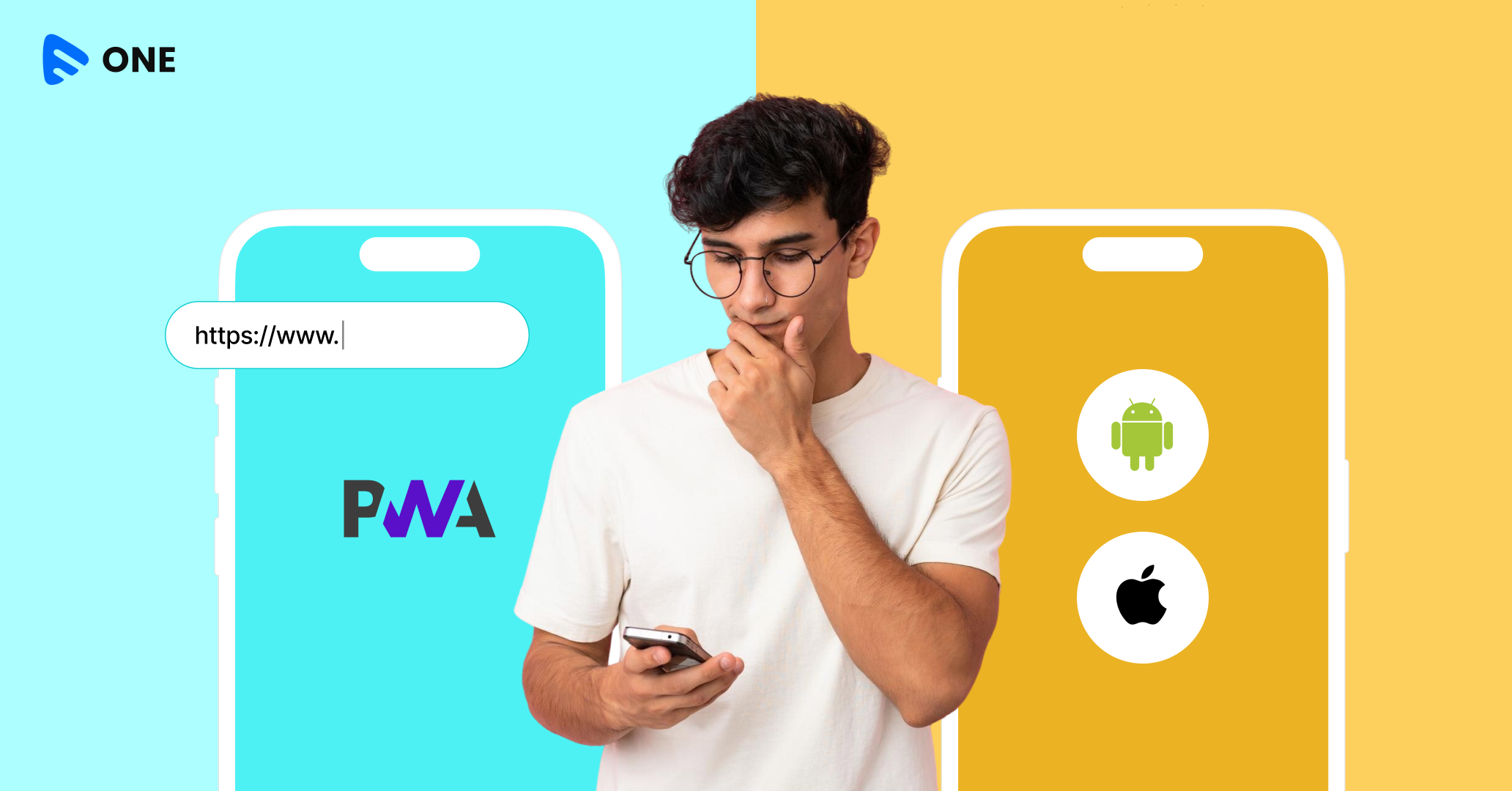

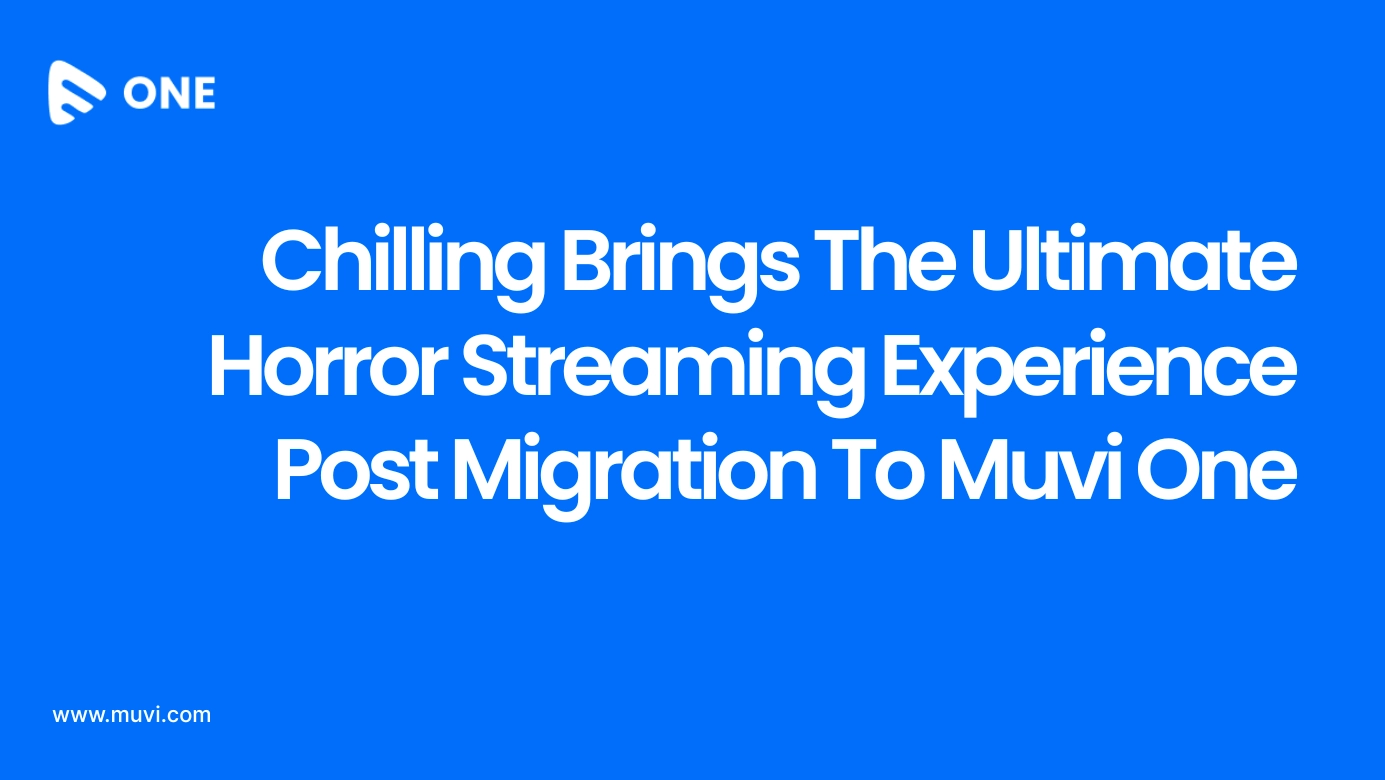

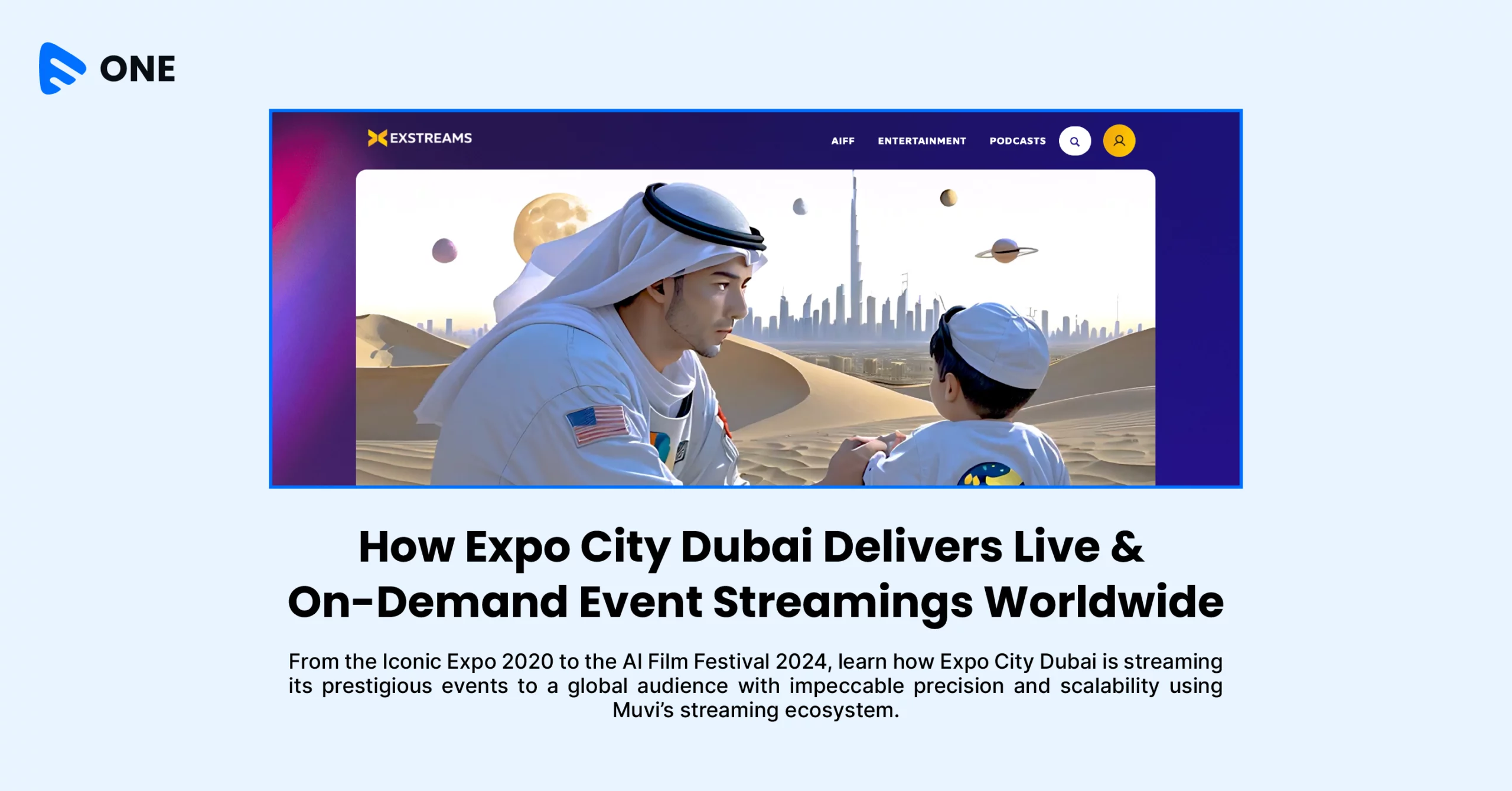
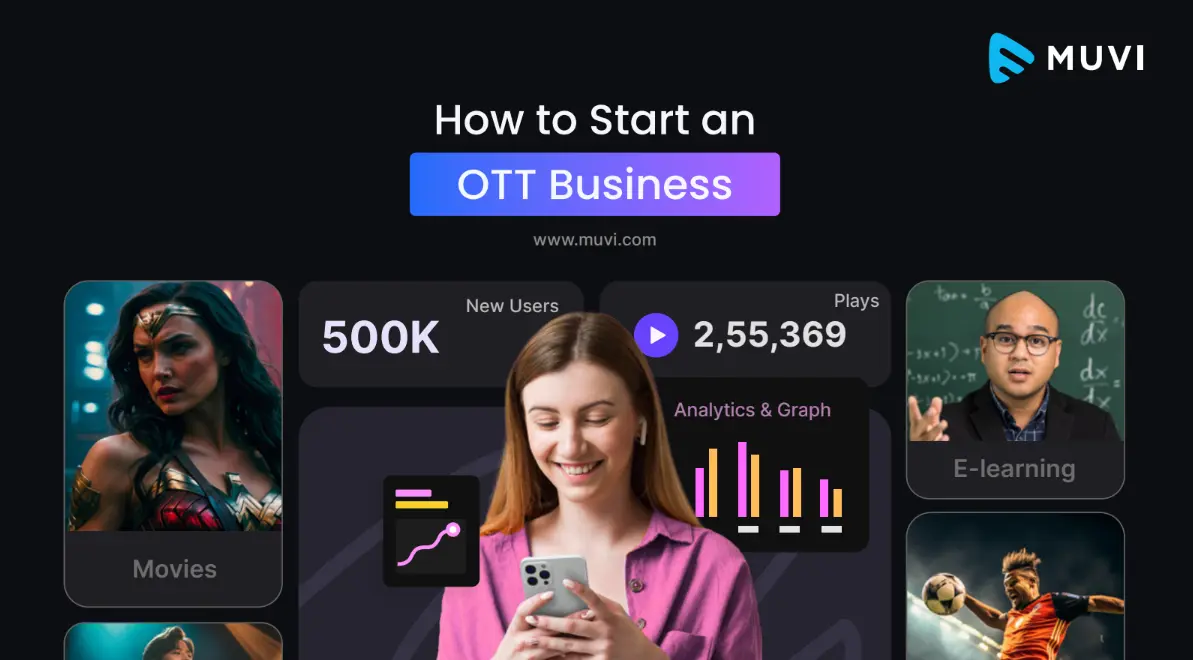
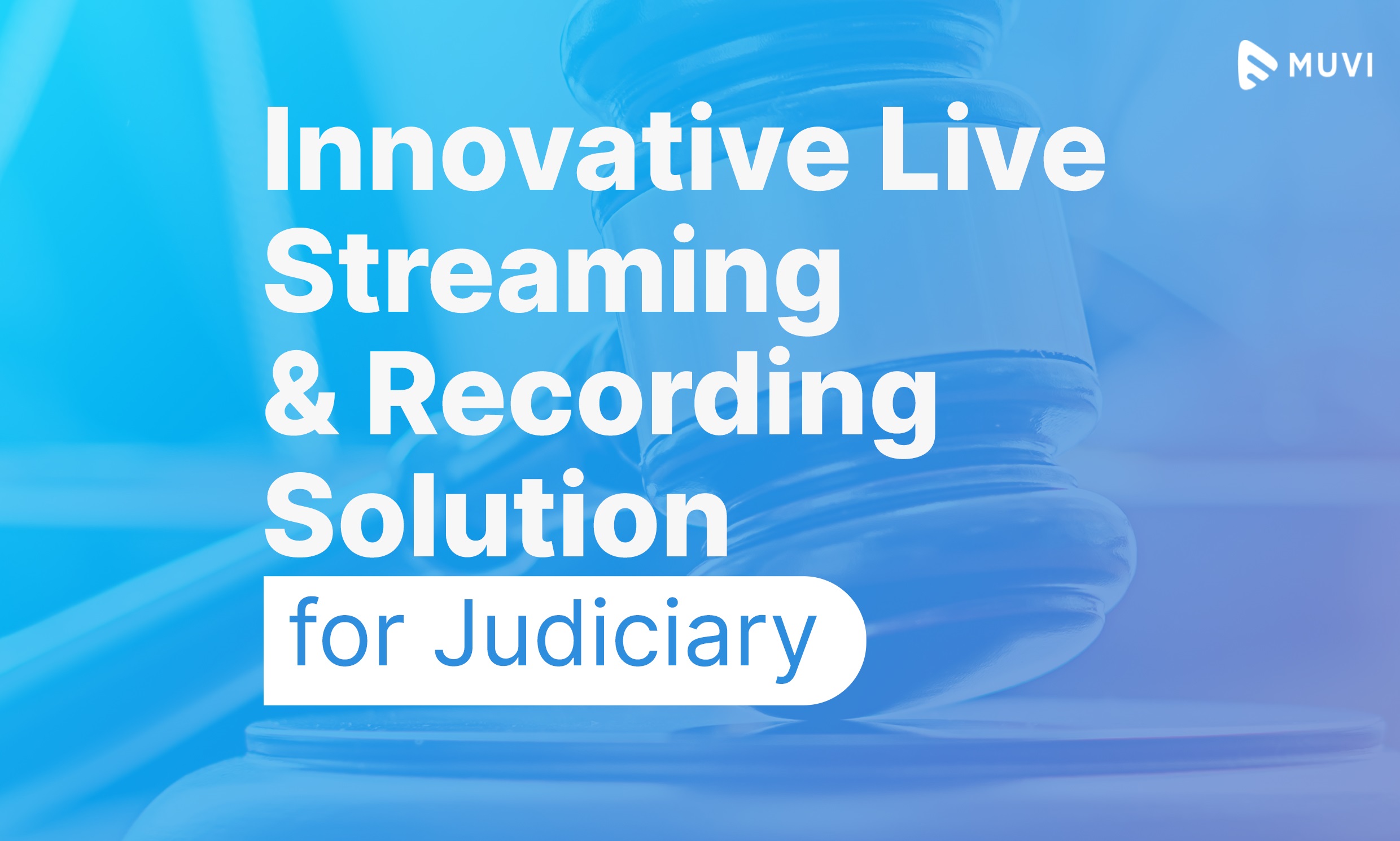
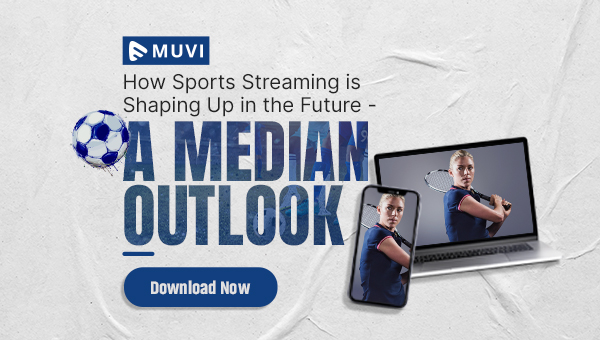
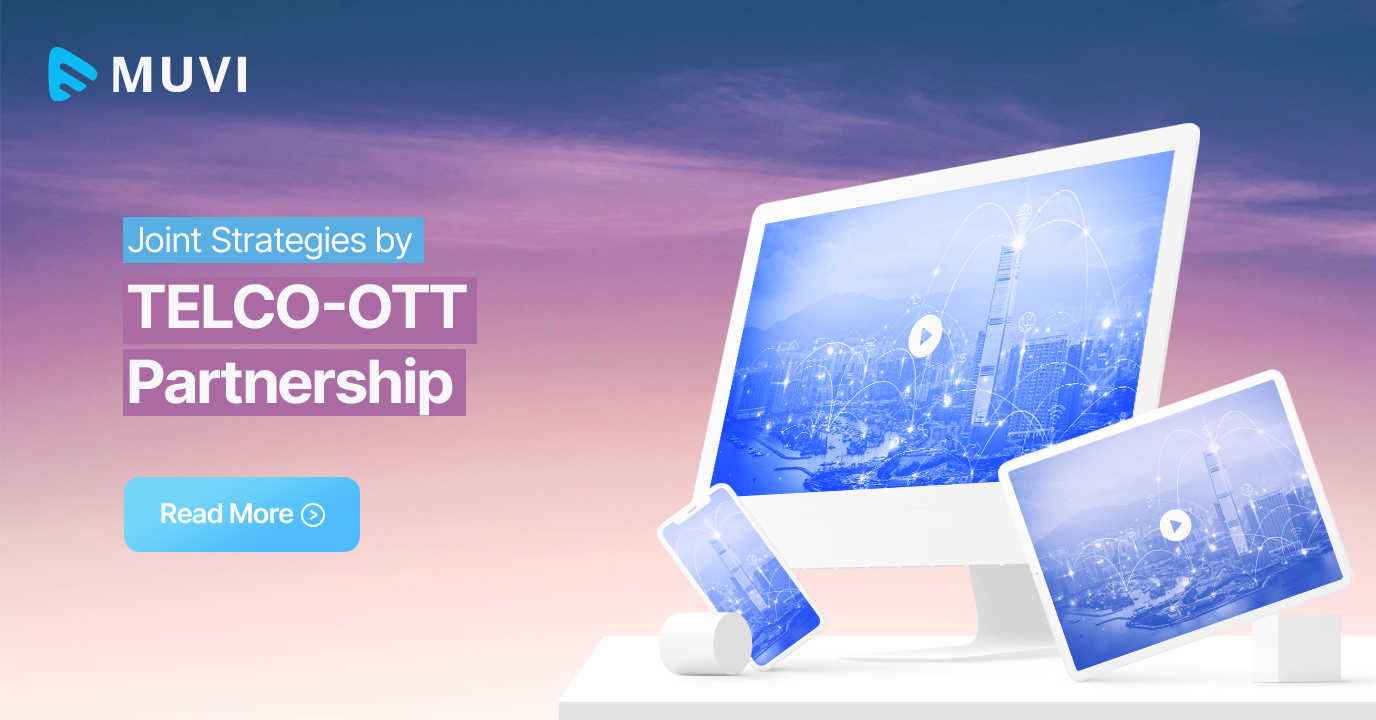
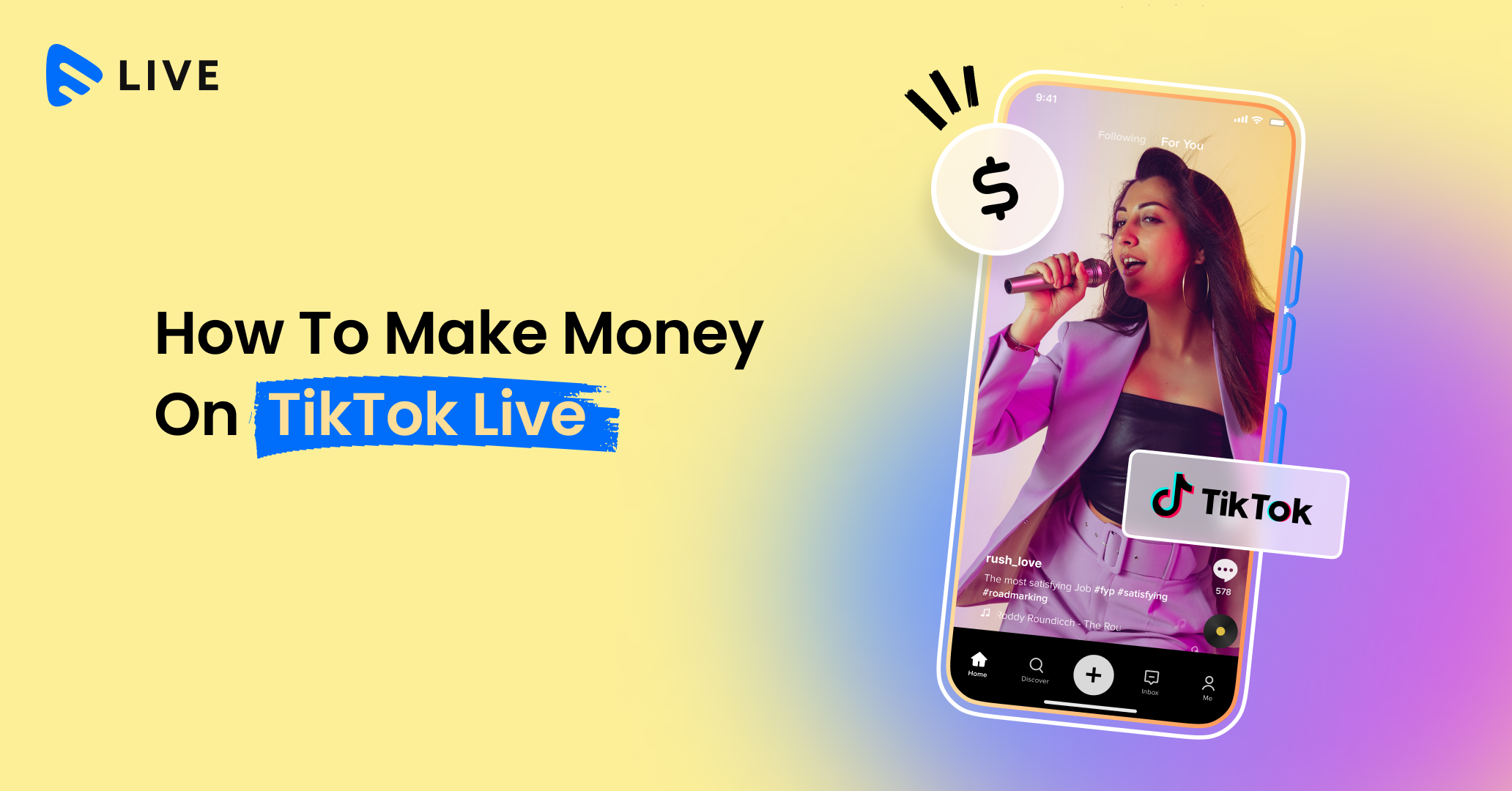
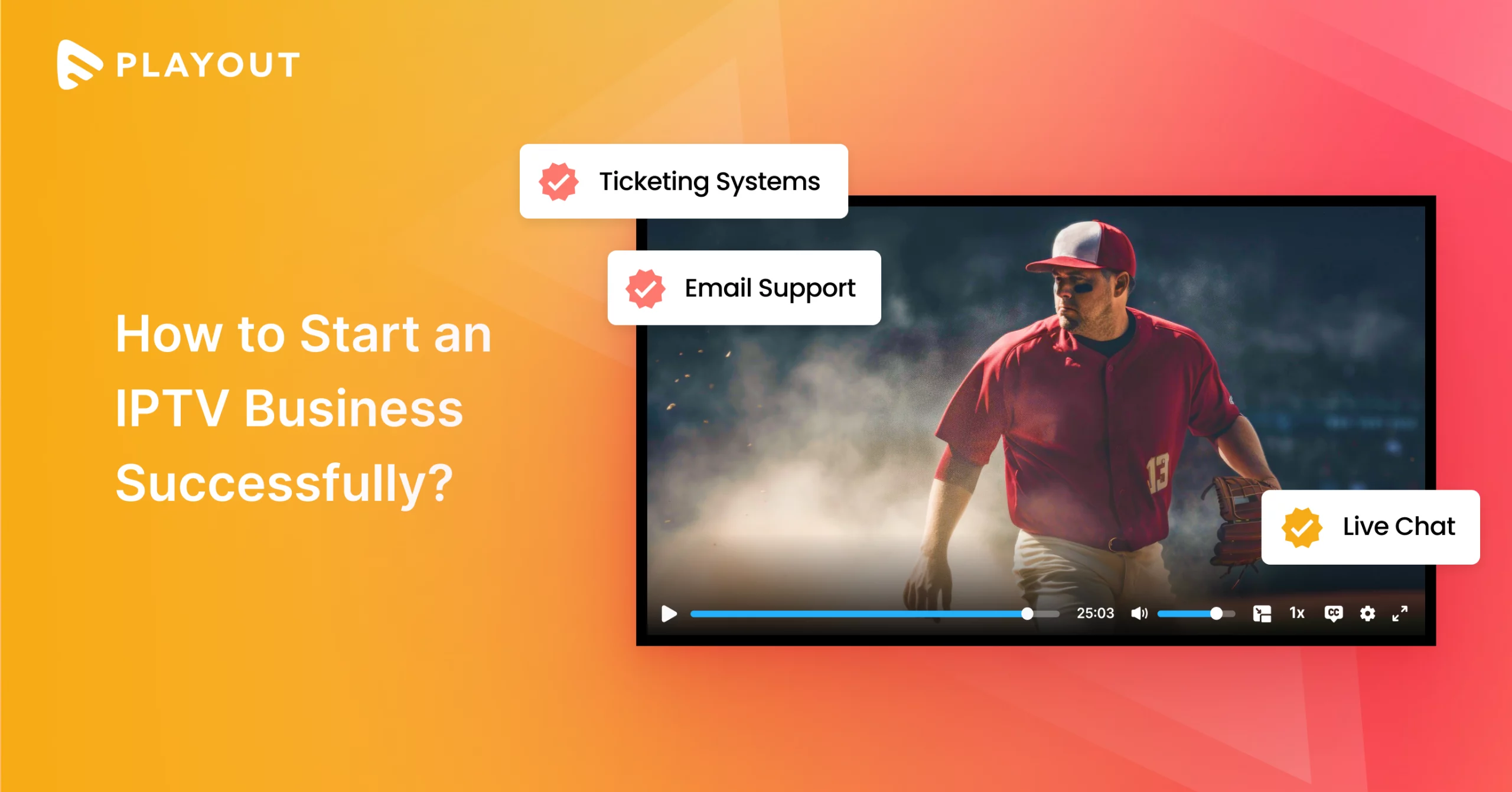
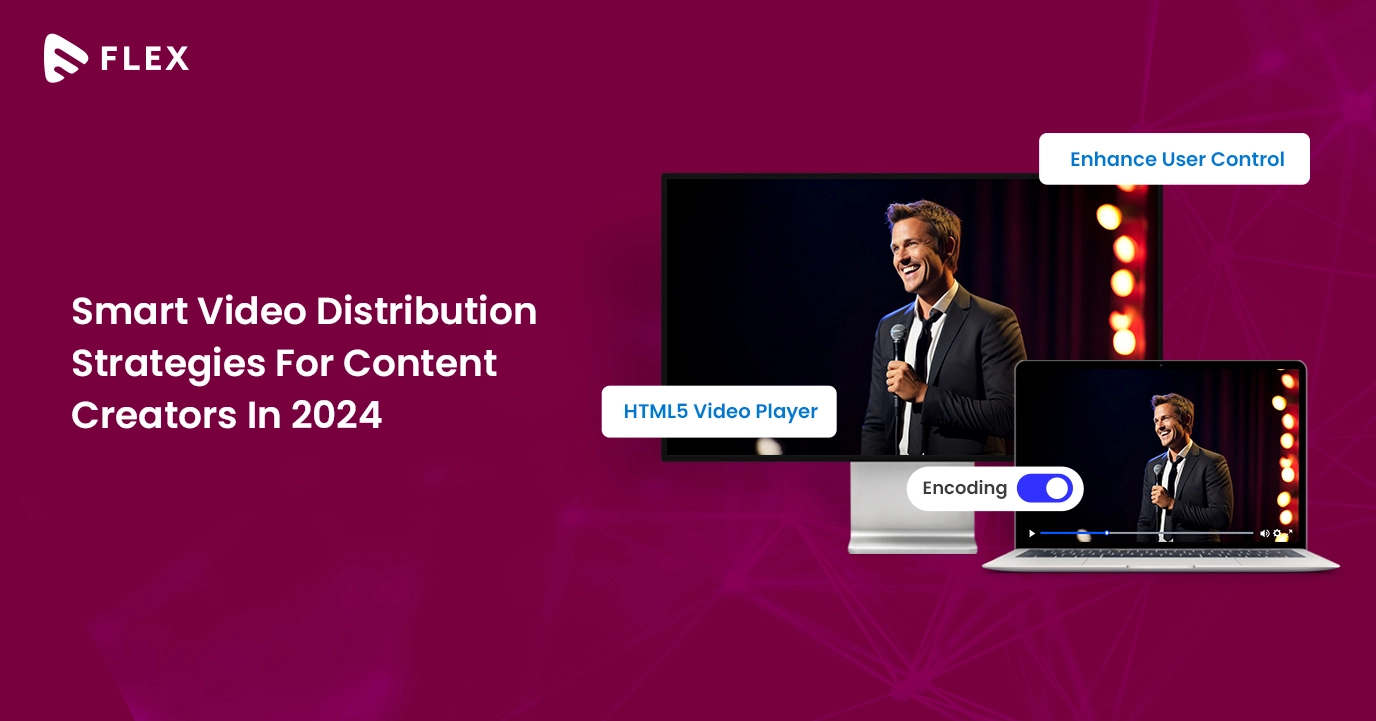
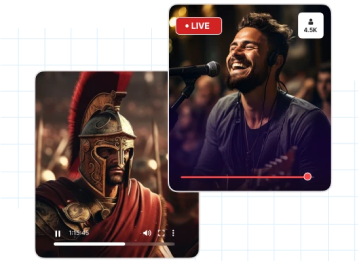
Add your comment